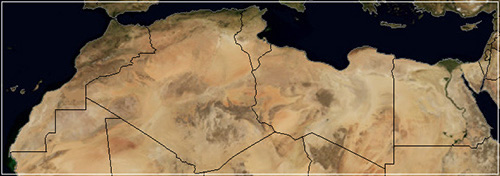General definition
Seasonal forecasts provide the major trends based on a few meteorological parameters (temperature and precipitation) for the next months (warmer or colder, drier or wetter than the usual climate), unlike short and medium term forecasts, which provide accurate information on the weather conditions (temperature, amount of rain ...).
To produce these seasonal forecasts, numerical models are used to simulate the global climate by producing interactions between the atmosphere and various elements of the climate system, such as the oceans. Indeed, the ocean is one of the most significant elements affecting the atmospheric variables. It is based on these interactions and their impact on the global phenomena that the seasonal predictive power is determined. To produce seasonal forecasts, we use climate models that simulate the evolution of the atmosphere, oceans, sea-ice ... and their interactions.
These climate data, at the seasonal level, can be used as a management aid tool in different sectors, such as agriculture or water resources. The importance of seasonal climate forecasts for its users from various sectors (water resources management, agriculture, etc.) is the added value of this climate data, which allows for the efficient consumption and use of natural resources to preserve them and minimize the impact of climate change on these resources
Seasonal Prediction System at the NIM
Currently, an atmospheric dynamic model is operated at the NIM to produce monthly temperature and precipitation forecasts for the next three months. The atmospheric model, “ARPEGE-CLIMAT”, is coupled to an oceanographic model, “NEMO”, and they are fed with observation and re-analysis data from the European Centre, CEPMET, and the laboratory ‘MERCATOR’.
The development of the seasonal forecast bulletin is based on the products of the model operated at the NIM in addition to the products of other international climate prediction centres such as: IRI (International Research Institute for Climate and Society), NCEP (National Center for Environmental Prediction) and ECMWF (The European Centre for Medium-Range Weather Forecasts).












